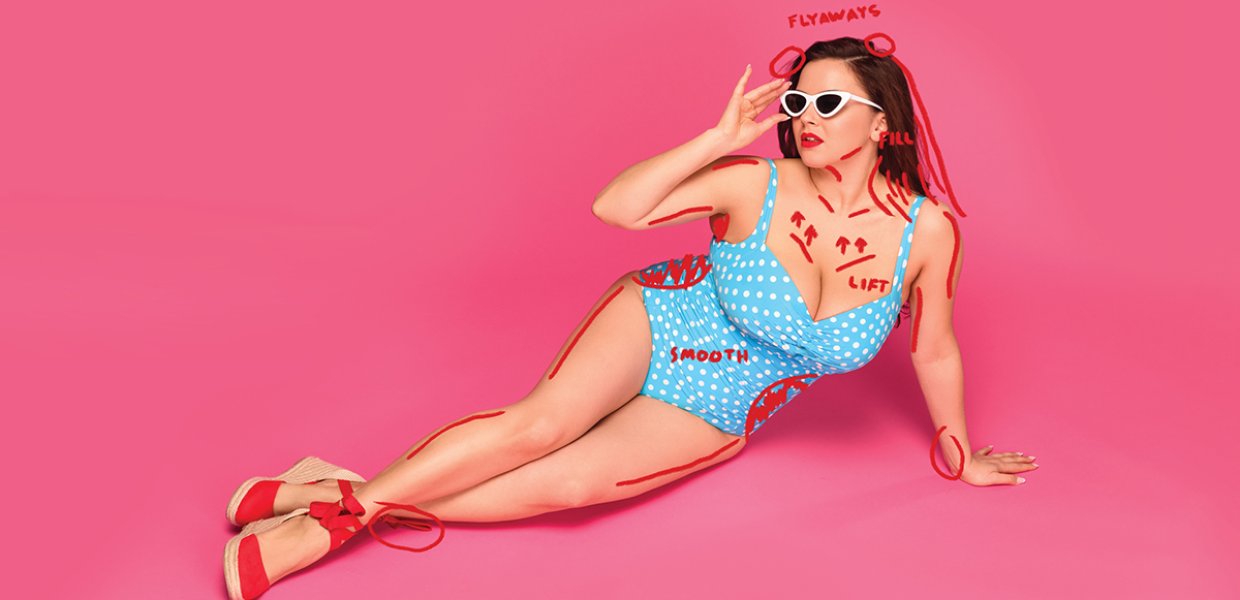Like most 16-year-olds, Minji is a daily Instagram user. Her aunt, Eunjin “Anna” Kim, assistant professor of journalism, observed how the teen often compared herself to the images she saw carefully curated across the platform.
This inspired Kim and her Pennsylvania State University co-researcher Heather Shoenberger to investigate the influence that body-positive advertising campaigns such as Dove’s #RealBeauty and CVS’ “Beauty in Real Life” have on women.
“A lot of advertising research is disconnected from what happens in the real world,” Kim said. “It’s generally theoretical and might not have implications for what’s going on in the market. We wanted to bridge the gap between theory and practice and start to look at whether authentic — or perceived authentic — body image was important in pushing a consumer to purchase.”
For the study, which has been accepted into the Journal of Advertising Research, Kim and Shoenberger recruited 326 female participants (ages 18-75) who already had an Instagram account. For the analysis, they chose to focus on the responses of millennials (ages 18-41), which netted them 205 usable respondents with an average age of 28.86.
Participants were shown Instagram images of women in swimwear or lingerie. Some of the images had been left “as is,” including body “flaws,” such as stretch marks or birthmarks, while others were digitally enhanced. The participants were randomly divided into four conditions: plus-size model/not digitally enhanced; plus-size model/digitally enhanced; thin model/not digitally enhanced; thin model/digitally enhanced. Each condition featured either three thin models or three plus-size models.
The subjects were asked to scroll images for at least 20 seconds and then were asked questions on what items — if they had been scrolling with an intent to purchase — they would consider. Other questions addressed their attitude toward the ads they had viewed.
Kim and Shoenberger found that when an Instagram ad depicted a non-digitally enhanced plus-size model, participants preferred the ad and were more likely to purchase the product depicted in the ad. If the model was already thin, respondents remained indifferent if she was digitally enhanced or not. It was the perception of authenticity they viewed in the non-digitally enhanced plus-size model that led them to believe the ad was “real and truthful.”
“Our research provided exciting support for our theory, and more importantly, the findings suggest that consumers may respond favorably to the use of un-photoshopped models in advertising campaigns,” Shoenberger said.
“As poor body image infiltrates every aspect of our Western culture, we believe it may be possible, with further research, to determine if the use of un-airbrushed models in advertising may begin to repair or even reverse the damage done to body image by countless images of unattainable bodies,” Kim added. “This is exciting news for consumers and brands.”
Eunjin “Anna” Kim, assistant professor of journalism, was recently honored with the Mary Alice Shaver Promising Professor Award from the American Academy of Advertising. The award is given to a junior faculty member who has demonstrated excellence and innovation in advertising teaching and research.
This piece was originally published in the Spring 2019 issue of the USC Annenberg Magazine.
